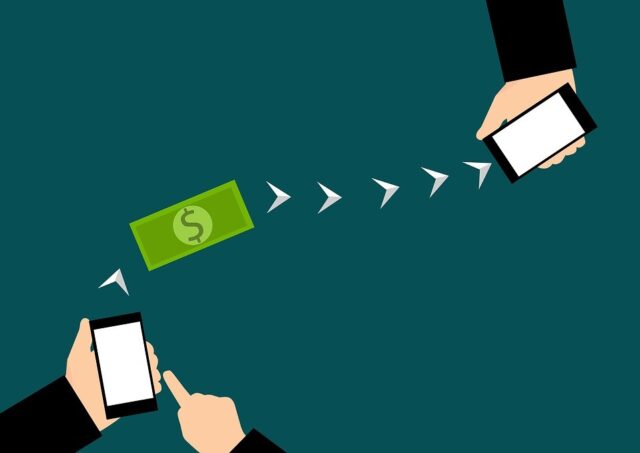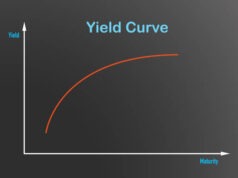
If you want to know how to pay your workers, it is vital that you first determine their status, e.g., employee, contractor, or freelancer. Then you need to agree on the payment terms and method of payment. Below we will look at how to pay freelancers.
Identifying a Freelancer
Freelancers are professional employees who are self-employed. They are not required to commit to only one employer, they often work alone, and they may have their own business. The number of freelancers in the USA is increasing and is expected to exceed 90 million individuals in 2028.
A freelancer can work remotely and even in a different country. They determine which companies to work for and what projects to take on. Freelancers schedule their own routines but agree to a rate, project objectives, and deadlines.
In the United States, a freelancer is classified as a 1099 independent contractor. If in doubt about how to classify a worker (freelancer, contractor, or employee), you should complete the IRS Form SS-8 for their ruling.
Payment Terms
The payment terms are determined solely by the employer and the freelancer. If your company employees a number of freelancers, you may have a set rate that the freelancer has to accept to work for you. But it also depends on the type of work being carried out and if the freelancer will incur costs such as material and labor, in which case the payment may be negotiated, or you can accept their quote.
Some employees pay the freelancer upon completion of the job. Others may pay 50% upfront and the balance after job completion. Yet other employees may have set pay schedules for fast-moving work. With big projects that extend over several months or more, you may determine different payment terms. Make sure that you have a contract in place that specifies what happens if deadlines are not met.
How to Make Payments
Checks work well for companies as they do not carry a deposit fee. However, the freelancer may not accept checks due to delays with posting and clearing them. eChecks might be a suitable compromise as they are emailed, avoiding the postal delay. But they will still take three to five days to clear.
Online payments, such as a Ria international money transfer, enable you to pay clients working in other countries with ease. Direct deposits, also known as ACH payments, are good for domestic payments, being both convenient and safe. Wire transfers can be done nationally or internationally. They are processed fast, usually within one day for a domestic transfer, while an international wire transfer may take a few days. However, the transaction fees may make wire options a less suitable choice for you.
Another option is to make payments via your business credit card. Many businesses opt for credit card payments because they offer good security and can be easily reversed. You may have fraud liability protection from your credit card company, which is another bonus. However, the freelancers in your employ will have to obtain merchant accounts at their banks, so this might not be suitable for them.
It is a good idea to offer freelancers a few options for how they would like to be paid.


































